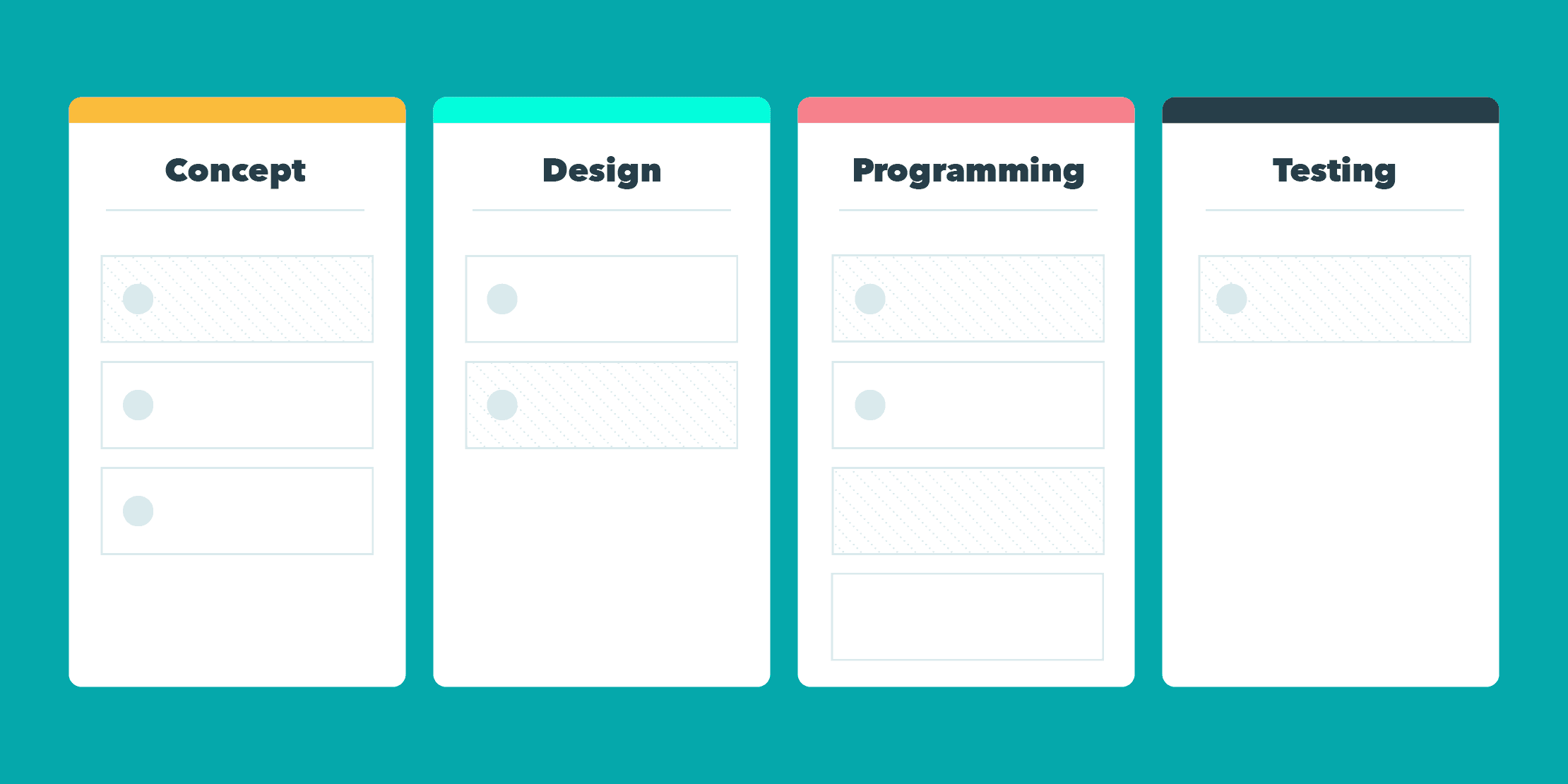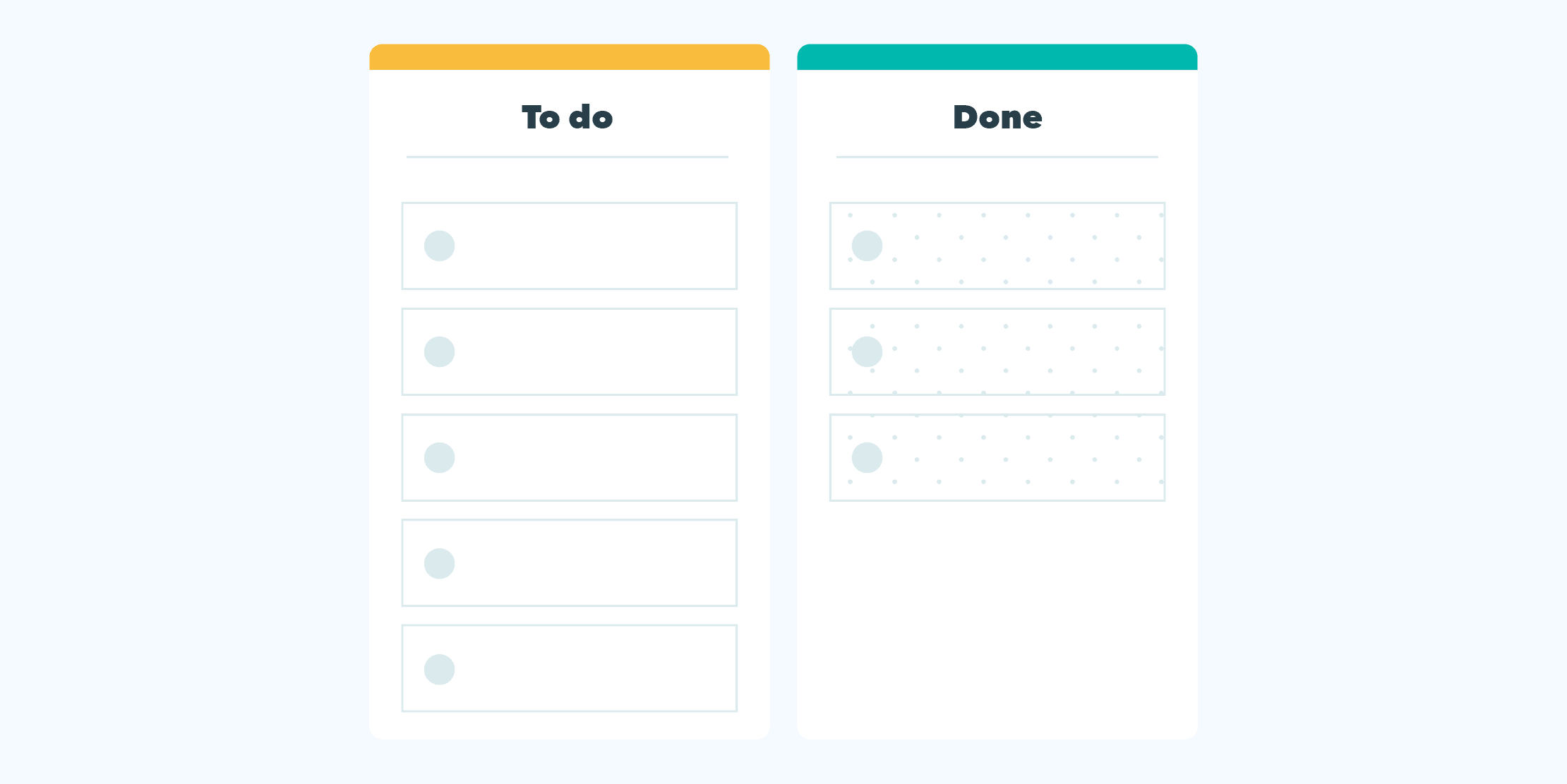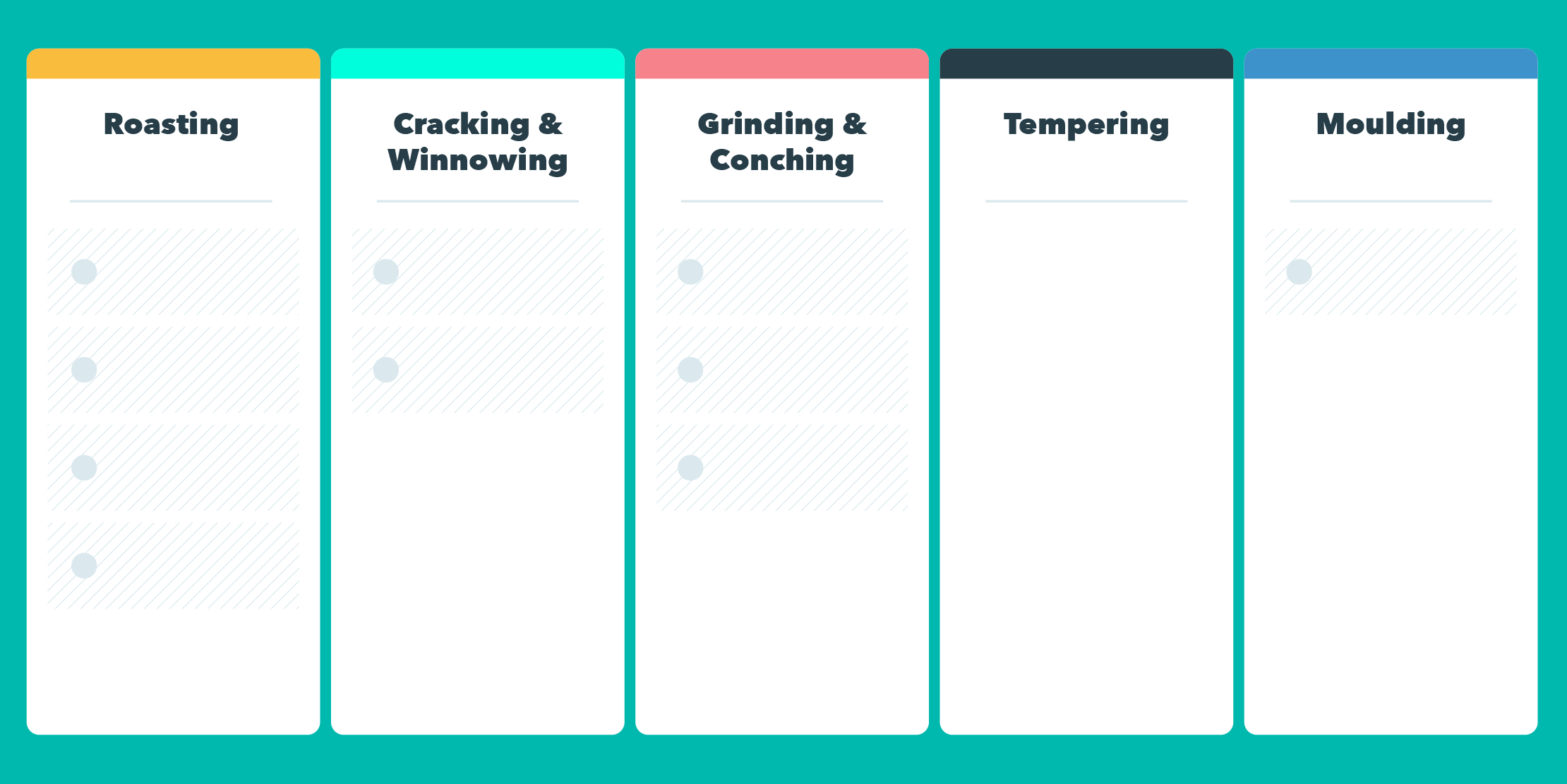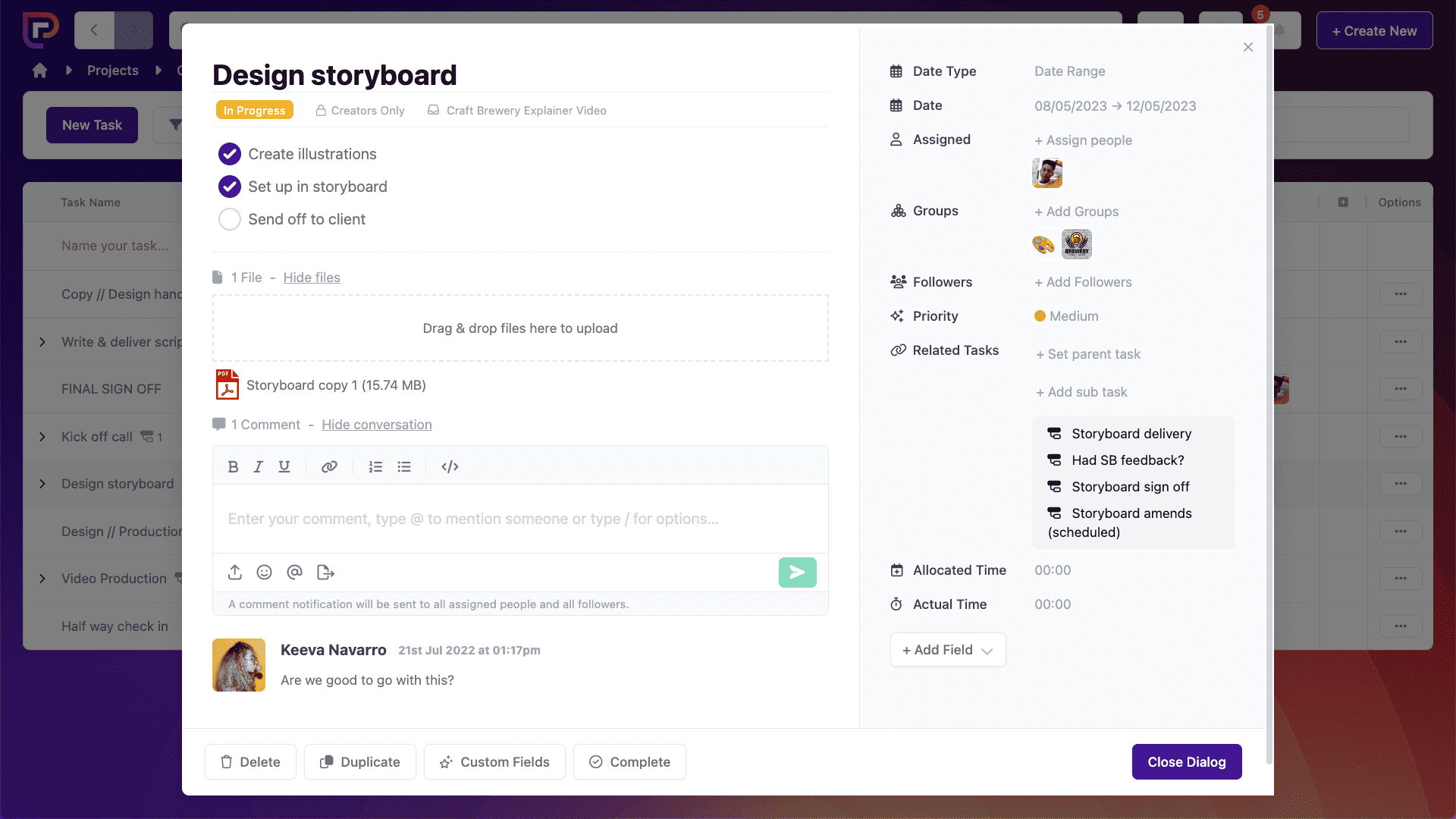Last updated on 23rd November 2023
看板 – Kanban. Japanese for billboard or sign.
Toyota is the biggest passenger car manufacturer in the world – with annual revenues exceeding $200 billion. But, did you know that the reason behind Toyota’s massive success can be linked closely to the kanban methodology of project management?
The first ever kanban system was developed by Toyota in the 1940s, when the company was still new.
Back then, competition was tough in the automobile industry, and Toyota struggled to keep up with Ford, their American counterparts, who had implemented assembly lines in their manufacturing plants.
Toyota developed the kanban method as a way to become as efficient, or possibly even more efficient, then their competitors. The system was established with the objective of making vehicles in the quickest, most efficient way, with minimal waste.
And it worked! With kanban, Toyota created a ‘just-in-time’ production method that increased productivity and eliminated waste.
Visualisation is integral to kanban project management, hence the translation to ‘billboard’ or ‘sign’. Of course, kanban has come a long way since the 1940s:


Kanban has been steadily developed over the years and is now used in a diverse number of industries, not just manufacturing.
In this article, we’re going to go through everything you need to know about kanban project management, including core principles, methods, and benefits, so you can decide if it’s right for your business.
The 4 core principles of the kanban method
1. Start with what you do now
The beauty of the kanban method is that you don’t need to change your current processes, you just need to find a way to visualise them.

The great thing about visualising your projects with a kanban board is that you can easily spot errors and drawbacks in your process that you may not have noticed before, and fix them.
2. Pursue incremental change
As there is no change to current business processes, kanban is easy to implement. However, sweeping changes are discouraged as this can discourage teams from accepting the method – after all, nobody likes change!
It is recommended that kanban is introduced to teams gradually, in stages. For example, the simplest version of a kanban board, and perhaps the best place to start, is:

That’s it. When your team is used to that, you can start introducing more columns that are specific to your business – kanban offers you the flexibility to do that! Here’s an example that could be used in a chocolate factory:

It’s all about minimal resistance – whether that’s from your internal teams or your clients.
3. Respect the current process
Nobody likes change. And new project management systems usually represent change – but not kanban. We’ve already mentioned that kanban allows you to start with what you know and make small changes, and this ties in with the third principle – respect the current process.
The kanban method recognises the value of existing processes, roles, and responsibilities. This ensures that companies implementing kanban aren’t met with the usual ‘fear of change’ that typically accompanies the introduction of a new way of working.
4. Encourage leadership at all levels
This final principle is relatively new. It’s rooted in another Japanese expression – 改善 (kaizen) which translates as ‘improvement.’
In order to reach optimal performance, it’s important that everyone in your organisation fosters a mindset of continuous improvement. This means encouraging a sense of leadership at all levels – from the low level workers on the frontline to the C Suite staff.
The methods of kanban management
1. Visualising the workflow

To get started with kanban, you need to visualise your workflow. This means creating a board with columns and cards, as you can see in the above image.
Each column represents a step in your workflow, and each card represents a task to be completed.
Visualising your work in this way makes it easy to understand what has been done and what needs to be done next. It can also help you to eliminate any bottlenecks that you may have in your current workflow.
2. Limit the work that’s in process
In order for the kanban method to work effectively, you need to ensure that the number of tasks on the go at any given time is manageable for your team.
Although multi-tasking is often seen as a positive skill, studies have shown that this is not the case. A paper from the American Psychological Association, cited in Forbes, found that multi-tasking can actually reduce productivity by 40%.
To make sure your team isn’t overwhelmed by too many tasks-in-progress, set a maximum amount for each workflow stage. This way, you can put a hold on things when teams reach their maximum capacity.
3. Manage flow
The beauty of the kanban method is that tasks flow from one stage to the next, exactly at the right moment (remember: just-in-time). The key to keeping your kanban board beautiful is to manage the flow, ensuring tasks are moving through at the best speed to maximise productivity and minimise costs.
This is a great way of working because, instead of micro-managing people (which won’t make you popular anywhere!) you micro-manage the kanban board. Make that your focus, because if tasks are moving through your workflow on the kanban board it means everyone is doing their jobs well.
4. Make process policies explicit

Of course, in order for kanban project management to work for your business you need to ensure that everyone fully understands how you will be using it.
Every business has different processes and these need to be clearly defined to your team. Even better, publish them in an employee handbook – that way the processes can be referred to time and again, until they are memorised.
5. Improve collaboration
As kanban is introduced to teams so gradually, it leaves a lot of room for improvement, tweaks, and changes – if needs be. Also, because it is such a visual process, it really allows you to highlight things that are and aren’t working in your workflow, giving you the power to collaborate with your team and make changes for the better.
The top 10 benefits of kanban
In our view here are the top 10 benefits of kanban…
- Work can be divided into more manageable tasks.
- All relevant info is in one place.
- Creates a more efficient workflow.
- The process can be changed and improved over time.
- Can be adjusted to fit any team or company.
- Fits a range of software.
- Productivity is increased.
- Bottlenecks are revealed.
- Collaboration is encouraged.
- Eliminates waste.
Final thoughts
If you’re looking for a project management methodology that will improve your cost-effectiveness and productivity without disrupting current processes, kanban is for you.
If you feel like giving it a try, head to Project.co and set up your first project (for free!) to get started.


